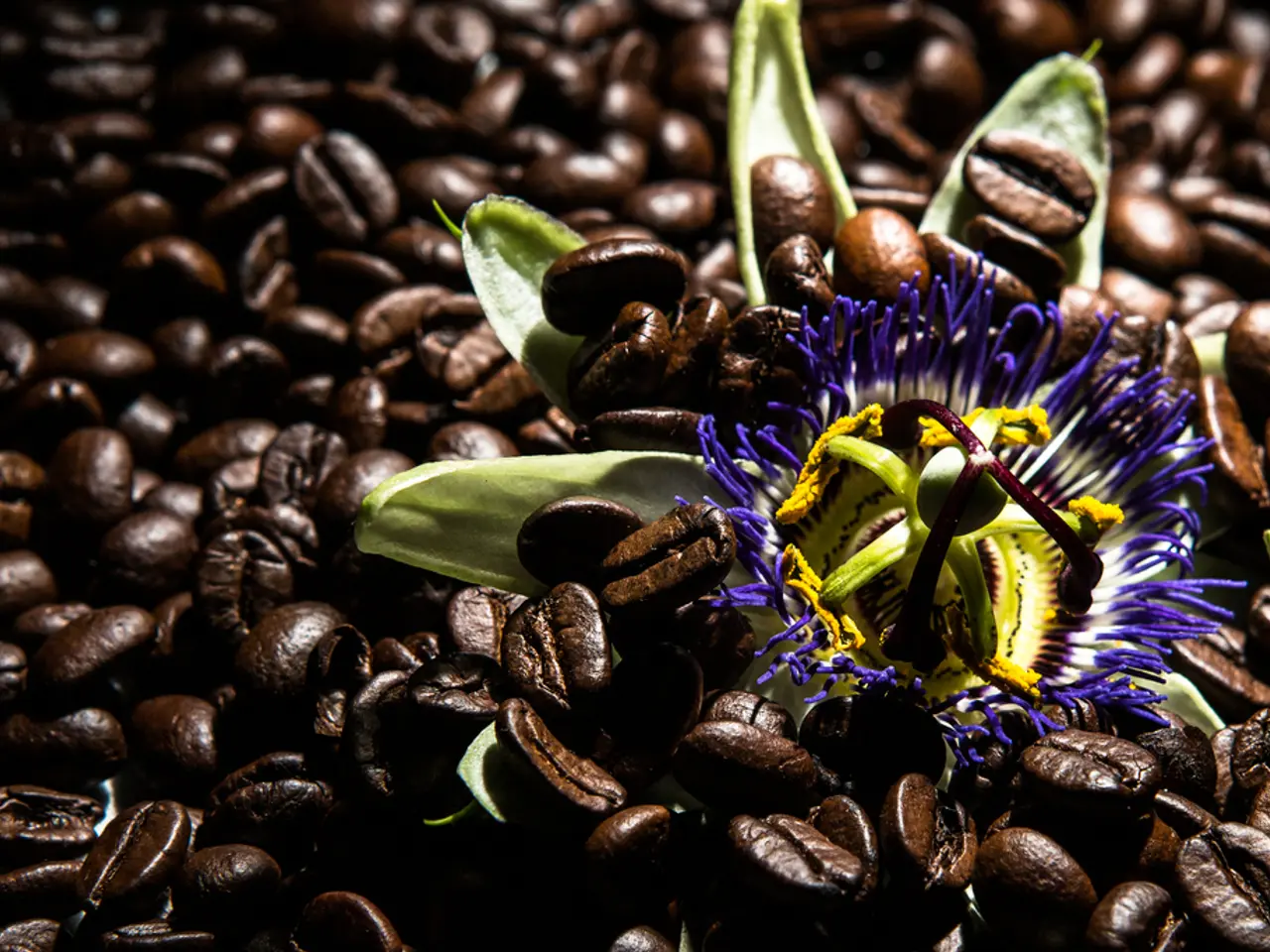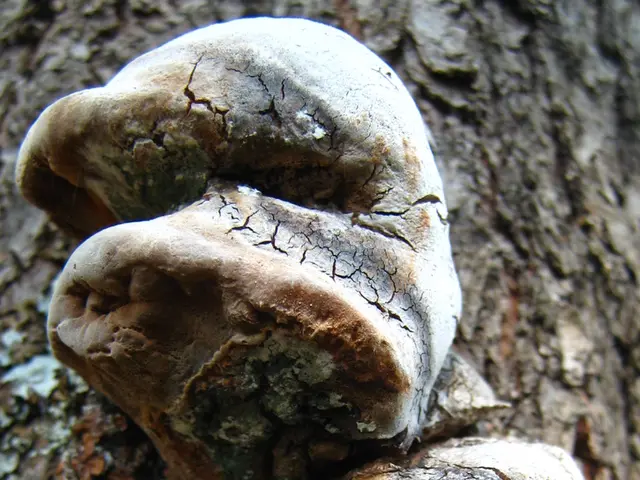Coffee grounds might be the key to achieving vibrant blue hydrangeas, as experts share the impact of a coffee infusion on blooms.
In the world of gardening, coffee grounds have been touted as a potential source of nitrogen for plants and a means to acidify soil, affecting hydrangea colour. However, the effectiveness of coffee grounds in this regard is not as straightforward as one might think.
Firstly, it's essential to understand that coffee grounds can improve soil texture and help prevent certain fungal diseases and bacteria. Fresh coffee grounds, in particular, are more acidic than the ones dumped out of a coffee maker. However, coffee grounds are not consistently acidic, often ranking in the neutral range between 6.4 and 6.8. This means their acidity can vary, and their impact on soil pH may be minimal.
When it comes to hydrangea colour changes, soil pH plays a significant role. Acidic soil (pH below 6.0) typically produces blue to purple flowers, while neutral to alkaline soil (pH 7 or above) results in pink blooms. To effectively change bloom colour, gardeners usually need to adjust soil pH more deliberately with stronger acidifiers like aluminum sulfate or garden sulfur, alongside consistent soil testing.
Amy Draiss, a gardening expert, recommends using aluminum sulfate from Espoma as a soil amendment for blue hydrangeas. A bag of Espoma Organic Soil Acidifier can be purchased from Home Depot. Using fresh coffee grounds on hydrangeas to turn flowers blue is not a reliable method.
The use of coffee grounds alone does not consistently change the colour of hydrangea blooms. While coffee grounds can slightly acidify soil over time, which influences hydrangea flower colour, their effect is often minimal and insufficient by themselves to guarantee a colour shift.
It's also important to note that only certain varieties of hydrangeas, specifically mophead, lacecap, and mountain hydrangeas, can change colour. Hydrangea variety and planting conditions matter; bigleaf hydrangeas (mophead or lacecap types) respond best to pH-induced colour changes, and container-grown plants offer more control over soil conditions than those planted in open ground.
In summary, coffee grounds can contribute to lowering soil pH but are unlikely to cause significant or consistent colour changes in hydrangea blooms unless used as part of an overall soil pH management approach under suitable conditions. Results also depend on hydrangea type, existing soil composition, and how the coffee grounds are applied.
For pink hydrangeas, neutral or basic soil (pH higher than 7) is needed to maintain their rosy blooms. Conversely, to grow blue hydrangeas, acidic soil (pH lower than 7) is needed. So, while coffee grounds may not be the magic solution for colourful hydrangeas, they can be part of a larger strategy to maintain and adjust soil pH for optimal plant growth.
Laura Walters, a Content Editor who joined the platform in 2021 with a background in documentary filmmaking, local news, and gardening, provides valuable insights into this topic. As we continue to explore the world of gardening, we hope to uncover more practical tips and techniques for garden enthusiasts everywhere.
- While coffee grounds can be a part of a larger strategy for maintaining and adjusting soil pH, they may not be effective enough on their own to significantly change the color of hydrangea blooms.
- For those aiming to grow blue hydrangeas, they should focus on creating acidic soil (pH lower than 7) rather than relying solely on coffee grounds, as stronger acidifiers like aluminum sulfate or garden sulfur are more likely to produce the desired results.




